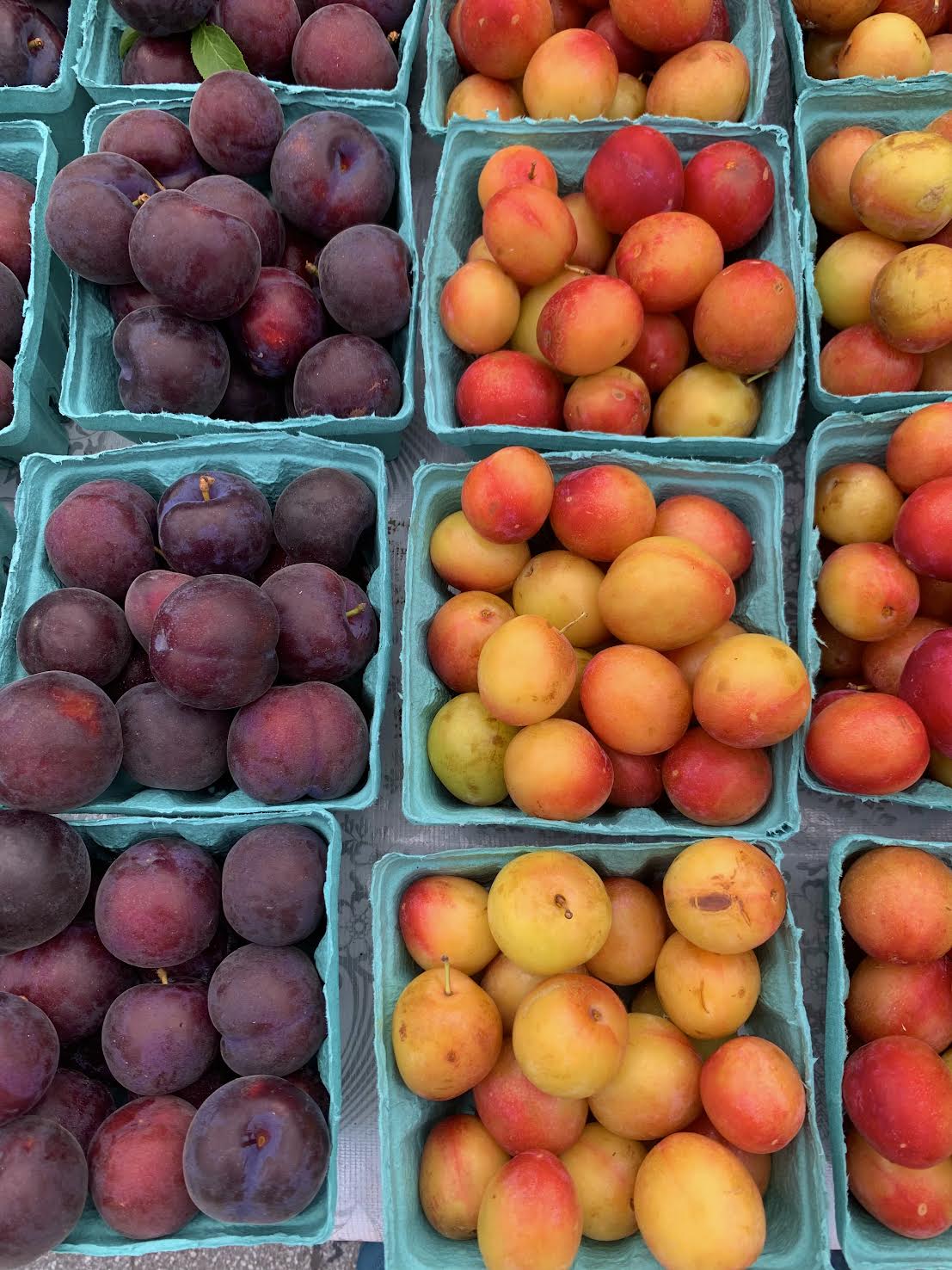It’s dinner time, you sit down with your family to eat the fresh and healthy home cooked meal that sits on the table. Bite after bite, there’s still food left in on you and your family plate. This food is then thrown away, discarded and wasted. This is not a unique action rather it is what happens in most American households. Roughly 40% of all food produced is lost or wasted. Closing this gap is critical to addressing food insecurity, making our food systems more sustainable, and limiting our environmental footprint.
Currently, the United States food systems are unsustainable because they cause significant resource depletion and unacceptable environmental impacts. This problem is so severe, it can be argued that the food eaten today is equivalent to a fossil resource.
According to Harvard’s School of Public Health, agriculture is the largest cause of global environmental change. Examples of global environmental change include climate change, deforestation, desertification, and damage to coastal reefs and marine ecosystems. Food production contributes to approximately 30% of global greenhouse gas emissions, and the livestock sector alone represents almost half (14.5%) of these emissions. Additionally, food production uses 70% of freshwater, is the largest factor threatening species with extinction, and causes eutrophication (nutrient overload) and dead zones in lakes and coastal areas.
Thus, emphasizing that food systems and the United States agriculture practices are not sustainable depleting resources and without solutions, climate change will continue advancing.
To properly address the challenges of food systems and in order to identify solutions, it is necessary to review the basic rules of the environment. In 1989, the Food and Agriculture Organization (FAO) council defined sustainable development as ‘the management and conservation of the natural resource base, and the orientation of technological and institutional change in such a manner as to ensure the attainment and continued satisfaction of human needs for present and future generations. Such sustainable development (in the agriculture, forestry and fisheries sectors) conserves land, water, plant and animal genetic resources, is environmentally non-degrading, technically appropriate, economically viable and socially acceptable’. The crucial information that this definition presents signifies a need to work with the planet’s boundaries and use biomimicry to reflect the planet’s original and natural function.




